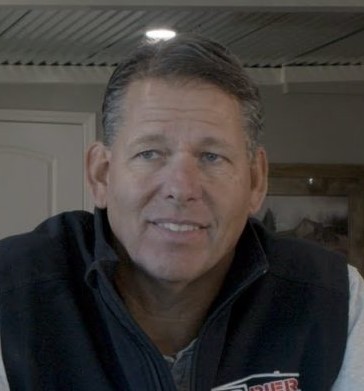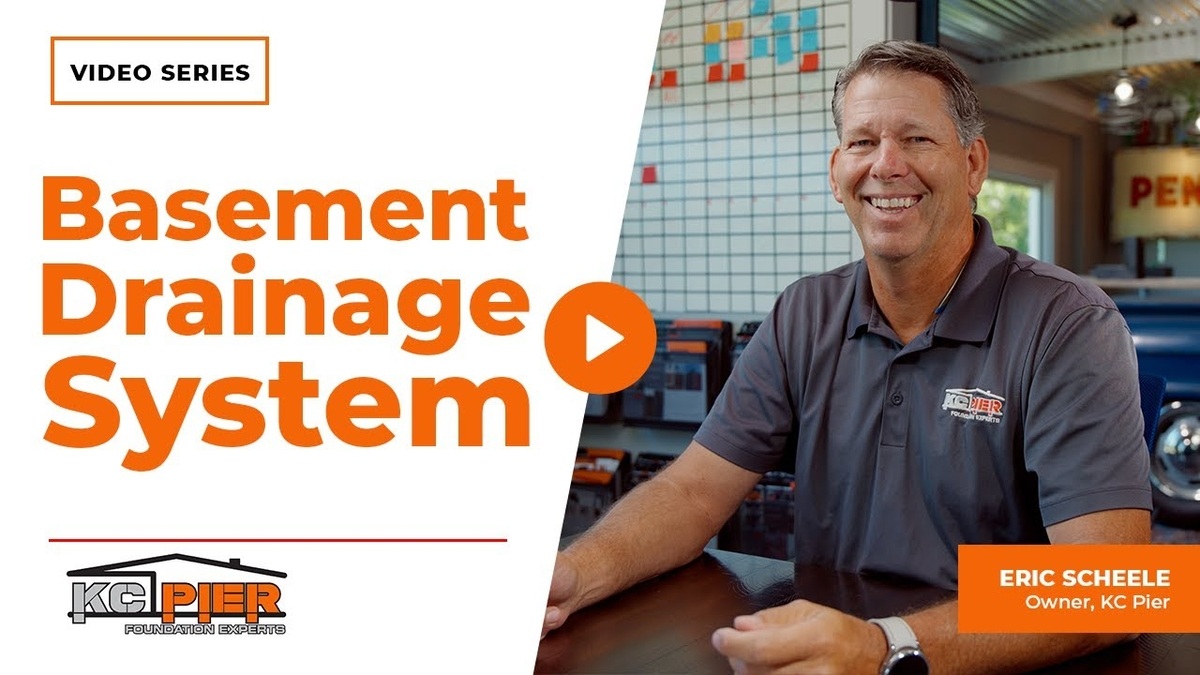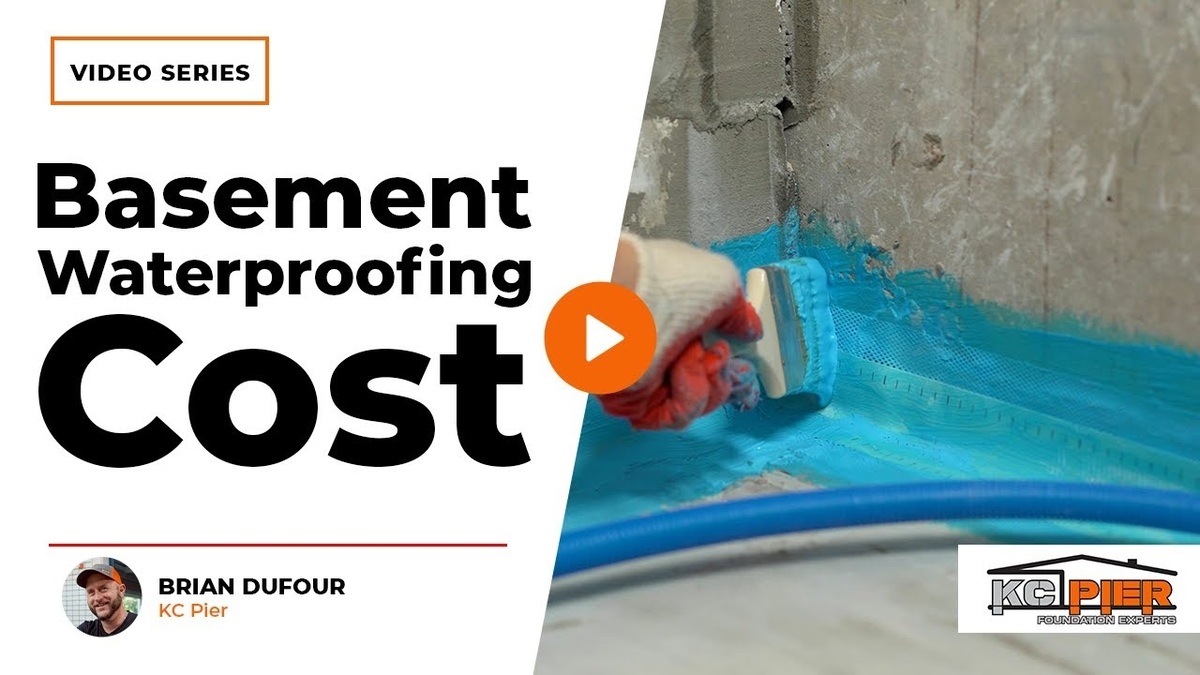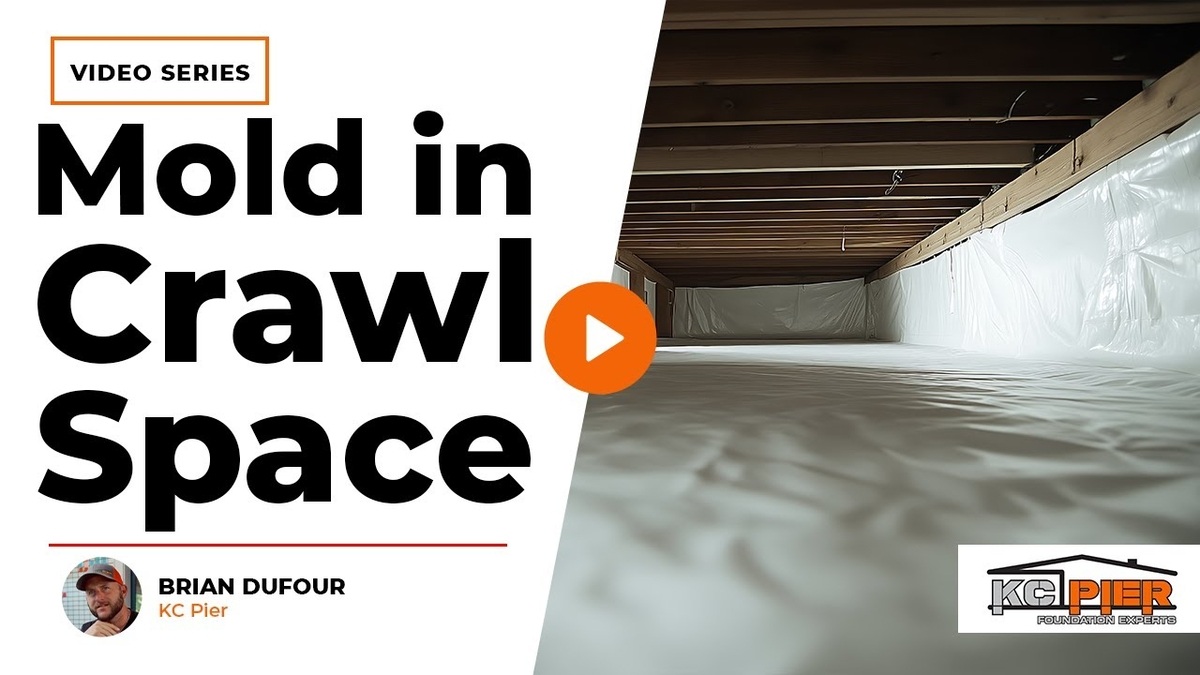When a basement drainage system fails, water often seeps through cracks or collects along the floor. Over time, this can weaken the foundation and damage anything stored in the space. A proper system is designed to catch and move water away before it causes long-term issues.
Below, we outline the main basement drainage systems used today. You’ll see how each one works, where it’s best applied, and why interior drains are usually the most effective option.
What Are the Main Types of Basement Drainage Systems?
1. Interior Drain System (Best Option for Most Homes)
Interior drains sit under your basement floor. They collect water that comes in through wall cracks or the cold joint, where the wall meets the floor.
How it works:
- We cut a trench about 20 inches wide in the basement floor.
- We place drain tiles, gravel, and liners inside the trench.
- Water flows into a sump pump and is moved safely away from the home.
Key Takeaway: Interior drains are simple, strong, and work without needing outside digging.
2. Exterior Drainage System
This system is installed outside the home. It helps keep water from reaching the foundation. These are mostly used during new builds.
Why it’s not ideal for existing homes:
- Requires digging around your entire home
- Can damage landscaping
- Costs more in labor and time
3. Floor Drains or Channel Systems
These are basic drains cut into the concrete floor. They don’t stop water from coming in; they only move it once it’s there.
Issues with this system:
- Not useful for heavy water leaks
- Can get clogged easily
- May not protect finished basements
Need expert help with your Basement Drainage System? Contact KC Pier for a free consultation.
Why We Recommend Interior Systems at KC Pier
High-quality drainage depends on using the right materials, which is why our systems are built to last.
- Strong PVC piping, not thin or flexible types
- Commercial-grade sump pumps with 3/4 horsepower motors
- Stainless steel pump bodies for durability
- A backup battery pump to keep water out during power outages
We also use thick liners and clean gravel to improve drainage.
Pro Tip: Always ask about the pump. A weak or small pump can fail when you need it most.
Common Problems with Low-Quality Systems
Some companies cut corners to save money or time. Here’s what that can look like:
- Shallow trenches only 6–12 inches deep
- Thin, low-grade pipes
- Weak sump pumps
- No backup system if the power goes out
These systems often fail during storms or heavy rain. That means more damage and expensive repairs later.
Our Installation Process at KC Pier
Here’s how we install a strong, lasting system:
- Check for signs of leaks and water damage.
- Cut a trench along the problem wall.
- Add gravel, liners, and solid drain pipe.
- Connect to a powerful sump pump.
- Include a backup pump for safety.
- Close the floor and clean up.
We stand behind our work with a lifetime warranty. That’s how confident we are in our system.
In Summary
Choosing the right basement drainage system protects your home from water damage. At KC Pier, we use interior drain systems because they are proven to work. Our methods are tested, and our materials are strong. We install every system with care and back it with a lifetime warranty.
Want to protect your basement the right way? Contact us now for a free inspection and expert advice.






